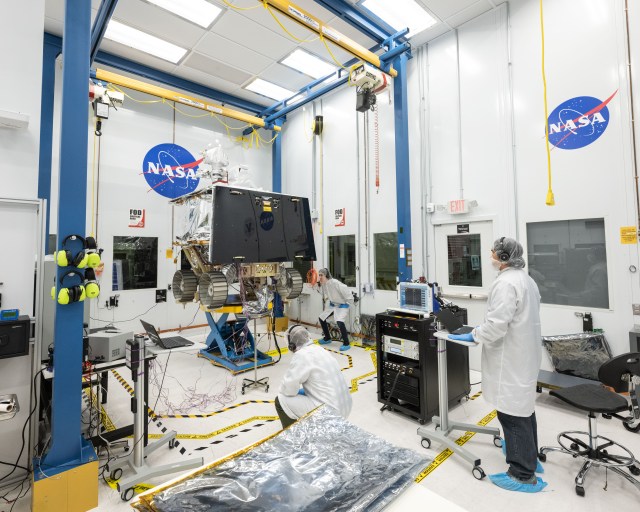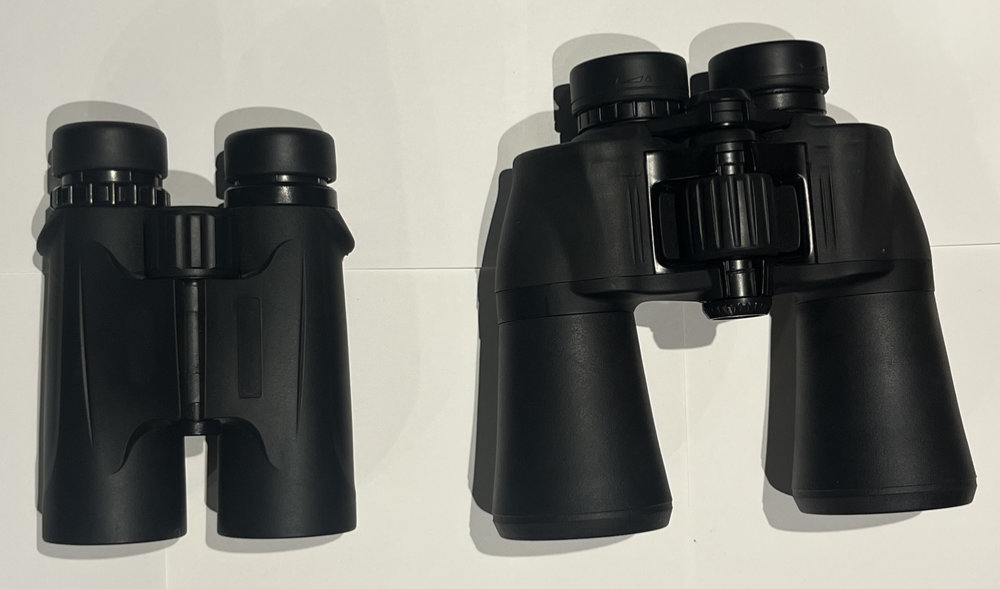Earth’s energy budget. Not a familiar concept? Maybe you’re scratching your head, wondering, what is that? Don’t worry. You’re not the only one.
The good news is: We have answers. And those answers come courtesy of Norman Loeb, an atmospheric scientist at NASA’s Langley Research Center in Hampton, Virginia. Loeb is the principal investigator for an experiment called the Clouds and the Earth’s Radiant Energy System (CERES). CERES instruments measure how much of the sun’s energy is reflected back to space and how much thermal energy is emitted by Earth to space. Five CERES instruments are on orbit aboard three satellites, and the CERES team at Langley is preparing to launch a sixth CERES instrument, CERES FM6, to orbit later this year.
We recently sent Loeb a few questions about the energy budget. These were his responses.
In the simplest terms possible, what is Earth’s energy budget?
Earth’s energy budget describes the balance between the radiant energy that reaches Earth from the sun and the energy that flows from Earth back out to space. Energy from the sun is mostly in the visible portion of the electromagnetic spectrum. About 30 percent of the sun’s incoming energy is reflected back to space by clouds, atmospheric molecules, tiny suspended particles called aerosols, and the Earth’s land, snow and ice surfaces. The Earth system also emits thermal radiant energy to space mainly in the infrared part of the electromagnetic spectrum. The intensity of thermal emission from a surface depends upon its temperature.
Why is it important for us to study the energy budget?
The Earth-atmosphere system is constantly trying to maintain a balance between the energy that reaches Earth from the sun and the energy that flows from Earth back out to space. If the Earth system is changed either through natural phenomena — such as volcanoes — or man’s activities and an imbalance in the Earth’s energy budget occurs, the Earth’s temperature will eventually increase or decrease in order to restore an energy balance.
Understanding exactly how the system is adjusting at any given time is complicated by internal variations in the system associated with atmospheric and oceanic circulations that also cause Earth’s energy budget to vary. To improve our understanding, observations of the Earth’s energy budget are necessary over a range of time scales, from monthly to multi-decadal.
The regional distribution across the globe of the difference between incoming and outgoing radiant energy drives the atmospheric and oceanic circulations. In the tropics, there is more energy absorbed than emitted, resulting in a surplus of radiant energy. At high latitudes, the opposite is true. In order to restore this latitudinal imbalance in radiant energy, the general circulation of the atmosphere and oceans transport heat from the tropics to the poles. A change in the regional distribution of radiant energy would therefore have a direct impact on weather and ocean circulation patterns.
The radiation balance at the Earth’s surface is also a critically important as it provides the energy needed to evaporate water at the surface, which in turn determines how much precipitation can fall over the globe.
How does CERES fit in?
The CERES project merges observations from multiple data sources to produce data products for the science community. CERES data products are used to understand how clouds and aerosols influence Earth’s energy budget from the top of the atmosphere down to the surface; to understand the trends and patterns of change associated with sea ice and snow cover in polar regions; to improve seasonal-to-interannual forecasts; and to provide surface radiation data for solar power, solar cooking, and architectural applications, as well as for the agricultural community.
Key to producing these data products is the CERES instrument, which measures how much of the sun’s energy is reflected back to space and how much thermal energy is emitted by Earth to space. CERES instruments provide global coverage daily at a high resolution. Currently, there are five CERES instruments in orbit taking measurements of Earth’s radiation budget. A sixth CERES instrument is scheduled to fly aboard the National Oceanic and Atmospheric Administration’s Joint Polar Satellite System (JPSS) satellite later this year.
The CERES project also uses imager measurements from the Moderate Resolution Imaging Spectroradiometer (MODIS) and the Visible Infrared Imaging Radiometer Suite (VIIRS) to provide additional information about the clouds, aerosols and surface properties observed by CERES. In addition, the CERES team uses geostationary imager measurements to provide information about how the radiation budget is varying between CERES observation times.
As far as naturally occurring phenomena and human activities are concerned, what are some of the primary impacts on the energy budget?
Although CERES instruments have been collecting data since 2000, this is still a relatively short record when considering change associated with human activities. Nevertheless, the CERES record has captured rather marked changes to the energy budget over the Arctic due to the rapid loss of sea ice associated with the warming of the Arctic. Within the tropics, the CERES data have captured marked variations in the Earth’s energy budget associated with the El Niño-Southern Oscillation (ENSO), which cause large variations in the energy budget at global scales.
What do you most enjoy about your job?
I enjoy working with a talented and smart group of scientists and engineers motivated by the need to provide the most accurate information about the Earth’s energy budget.


























